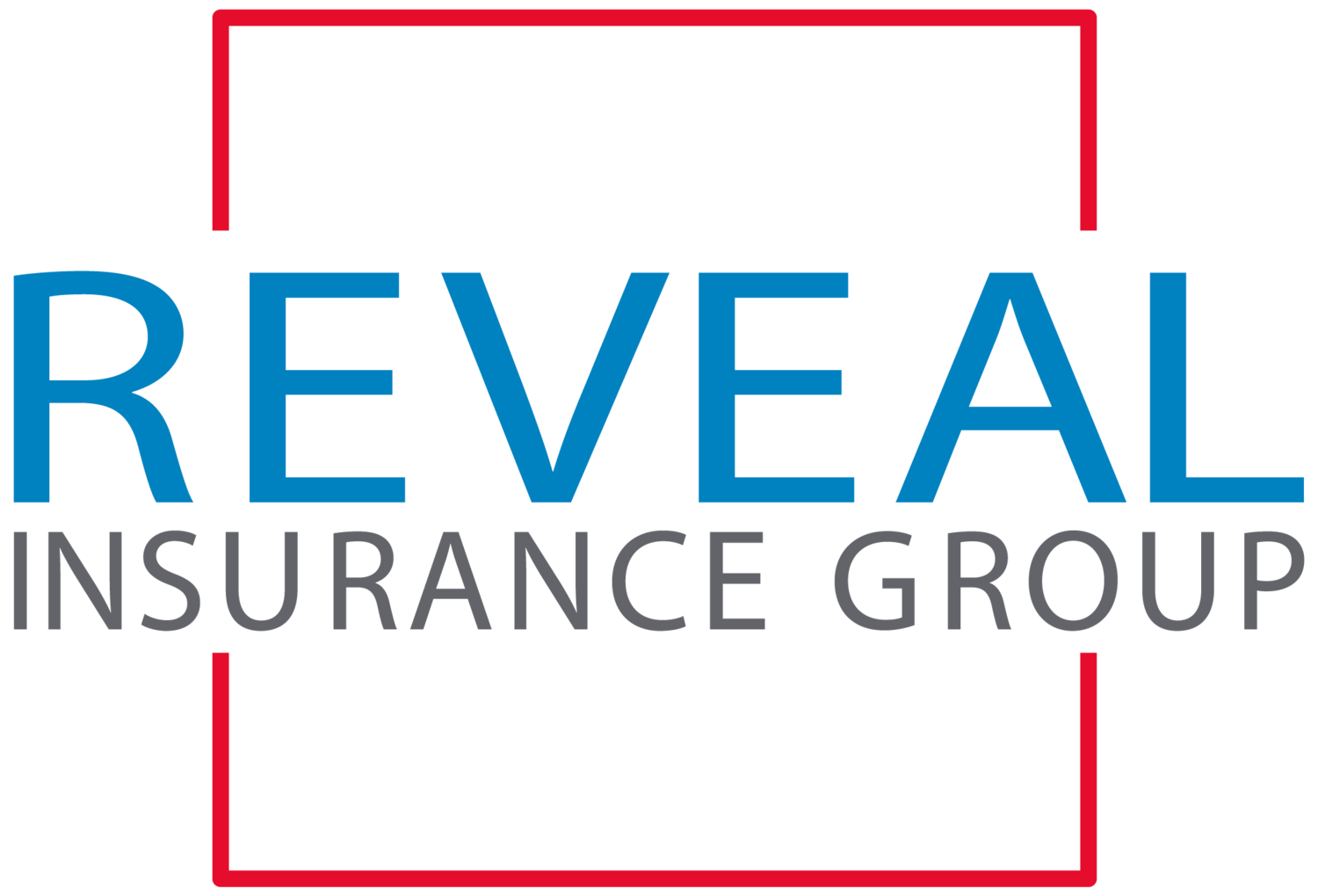If you are buying, selling or re-organizing a company, make sure you pay close attention to the terms regarding “Chang in Control” or “Takeover” in your E&O, D&O and Fiduciary Liability policies. I often see questions and misunderstandings with this coverage section when a company is restructured, goes through a reverse merger, public offering, or even if two non-profits merge and change out board members.
If no action is taken ahead of time, the entity can lose coverage for any acts that occur after the change in control, and this can create a dreadful gap that could produce a costly claim.
Below is an example of the language form an E&O policy. You have to look in the coverage form and at the definitions to get the full picture. Make sure you work with a Professional or Management Liability expert, and always tell your insurance broker if you are doing any restructuring of your entities.
In the event of a Takeover of the Named Insured, coverage under this Policy shall continue until this Policy expires or is otherwise terminated, but only with respect to Wrongful Acts or Crime Loss that takes place before the effective date of the Takeover, unless:
1. the Insurer is notified in writing of the Takeover prior to the Takeover effective date and agrees in writing to provide coverage for Wrongful Acts occurring on or after such effective date, and
2. the Named Insured accepts any special terms, conditions, exclusions or additional premium charge required by the Insurer.
B. Cessation of Subsidiary
If any Insured Entity ceases to be a Subsidiary, coverage under this Policy shall continue for such Subsidiary but only for Wrongful Acts by such Subsidiary or any Insured Person or Plan of such Subsidiary occurring prior to the date such Insured Entity ceased to be a Subsidiary.
C. Transfer or Termination of a Plan
If the sponsorship of a Plan is transferred so that an Insured Entity is no longer the sole employer sponsor of such Plan or if a Plan is terminated, coverage under this Policy shall continue for any Wrongful Act by or with Respect to such Plan occurring prior to the date of such transfer or termination.
Takeover means:
1. the acquisition by another entity or person, or group of entities or persons acting in concert, of:
a. the Management Control of the Named Insured; or,
b. assets of the Named Insured resulting in the ownership of more than 50% of the total consolidated
assets of Named Insured as of the date of the Named Insured's most recent audited consolidated financial statement prior to such acquisition;
2. the merger of the Named Insured into another entity such that the Named Insured is not the surviving entity; or,
3. the consolidation of the Named Insured with another entity.
Management Control means:
1. owning interests representing more than 50% of the voting, appointment or designation power for the selection of a majority of the Board of Directors of a corporation; the management committee members of a joint venture; or the members of the management board of a limited liability company; or
2. having the right, pursuant to written contract or the by-laws, charter, operating agreement or similar documents of the Insured Entity, to elect, appoint or designate a majority of the Board of Directors of a corporation; the management committee of a joint venture; or the management board of a limited liability company.
-Martin Gill


